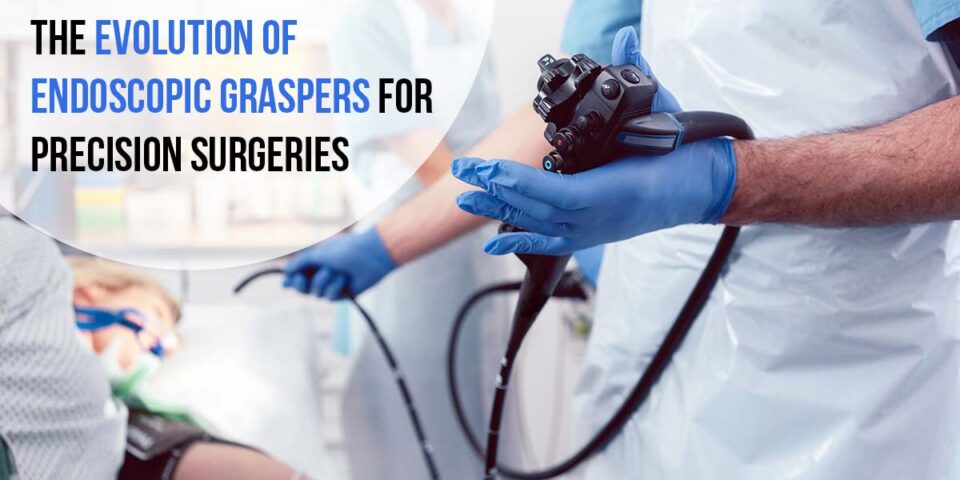The Evolution Of Endoscopic Graspers For Precision Surgeries
In modern medicine, few innovations have changed lives dramatically as very minimally invasive surgery. For patients, it means quicker recovery, smaller scars, and fewer risks. For surgeons, it’s a chance to perform the most intricate procedures with good precision. And at the heart of it all are the tools that make these surgeries possible, especially endoscopic graspers.
At R.L. Hansraj & Co., we’ve been privileged to witness and contribute to the remarkable evolution of these tools.
A Look Back At The Journey
The first endoscopic graspers were simple, functional tools- revolutionary for the time but in scope. Designed for one purpose: to hold tissue, the first graspers opened up the world of possibilities to early laparoscopic surgeries. Surgeons frequently found themselves wishing for more control, better comfort, and greater precision.
Fast-forward a few decades, and what once started out as very crude designs evolved into the state-of-the-art ergonomic instruments now on the scene. With every iteration, improvements are designed under a singular motto, to assist the surgeons to excel their best at doing for patients.
How Graspers Have Changed
A Natural Fit In A Surgeon’s Hand
Imagine doing a dainty surgery for hours with an instrument that is awkward or heavy. That is what it was with the first graspers. Today, it is all about making instruments feel like an extension of the surgeon’s hand. At R.L. Hansraj & Co., we design graspers that are made of lightweight materials, with intuitive handles and ergonomic shapes, so they can be used for hours without straining. You can buy all our instruments through our online surgical store from the comfort of your home.
Materials Make A Difference
The materials used for surgical tools have evolved a great deal. Graspers today are made of the finest stainless steel or titanium that is both sturdy and resistant and easy to sterilize. This has given us the flexibility to create very fine and subtle tips that are able to hold even the slightest tissues without breaking them.
Beyond Open And Close
Early graspers were only opened and closed. Today, the graspers we design at R.L. Hansraj & Co. are made to move with an incredible precision: they can rotate, articulate, and even be adjusted according to the surgeon’s needs. It is therefore possible to do complicated maneuvers in a tight space.
Special Tools For Special Jobs
No two surgeries are the same, and no single tool can do it all. That’s why we’ve embraced specialization. From graspers designed for delicate vascular procedures to those customized for tissue dissection, we’ve developed a range of tools that give surgeons exactly what they need for each task.
Embracing The Robotic Era
Robotic-assisted surgery is changing the dynamics, and the evolution of graspers has seen new heights as the precision bar gets higher with it. Many companies are creating graspers that integrate seamlessly with robotic systems, merging the expertise of the surgeon with the accuracy of advanced technology.
Listening To The Experts
Working with surgeons is one of the most fulfilling parts of our job. Their perception and experience in the operating room would be great lessons; their input enables us to mould our tools more practically into real-life scenarios. Every curve, grip, and feature on our graspers reflects the needs of the people using it for saving lives.
A Shared Commitment To Excellence
It’s not just about the tools-the story of endoscopic graspers is about people. It is about the surgeons, their patients, and the lives they improve. And it’s the engineers and manufacturers who are always perfecting things.
Our surgical instrument manufacturers in Chennai are proud to be a part of this story at R.L. Hansraj & Co. Every grasper we design is more than just an instrument; it is a testament to our innovation, collaboration, and the shared goal of making surgeries safer, more effective, and more precise.

